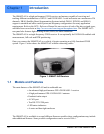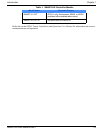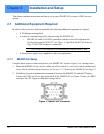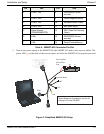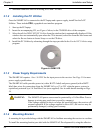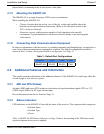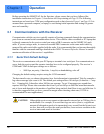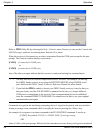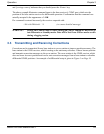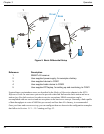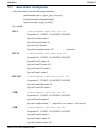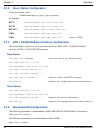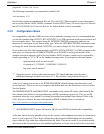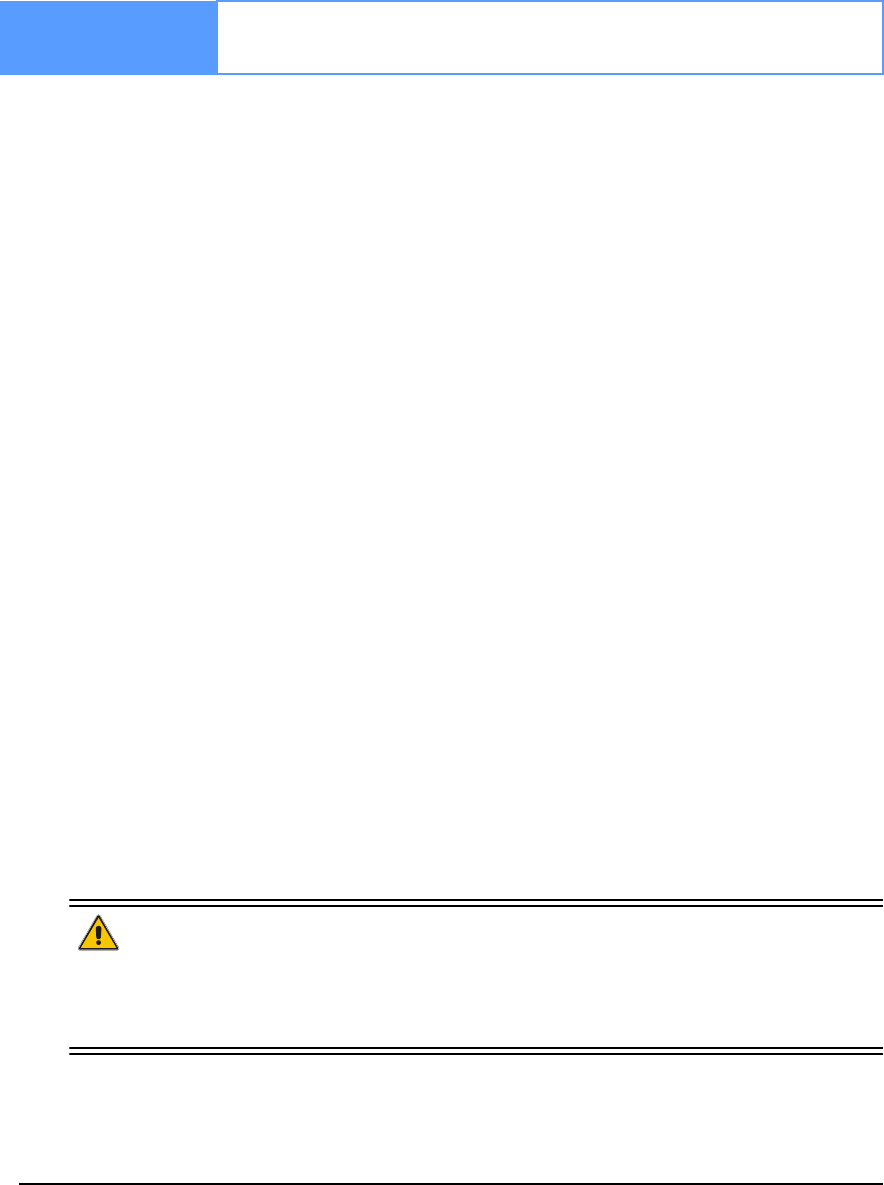
26 SMART-AG User Manual Rev 2
Chapter 3 Operation
Before operating the SMART-AG for the first time, please ensure that you have followed the
installation instructions in Chapter 2, Installation and Setup starting on Page 20. The following
instructions are based on a COM port configuration such as that shown in Figure 5 on Page 30. It is
assumed that a personal computer, or laptop, is used during initial operation and testing for greater
ease and versatility.
3.1 Communications with the Receiver
Communication with the receiver typically consists of issuing commands through the communication
ports from an external serial communications device. This could be either a terminal or PC/laptop that
is directly connected to the receiver serial port using a DB-9 connector on the SMART-AG mult-
cable. If you are using a radio, it connects to another DB-9 connector on the same multi-cable by
means of the radio serial cable supplied with the radio. It is recommended that you become thoroughly
familiar with the commands and logs detailed in the OEMV Firmware Reference Manual to ensure
maximum utilization of the receiver’s capabilities.
3.1.1 Serial Port Default Settings
The receiver communicates with your PC/laptop or terminal via a serial port. For communication to
occur, both the receiver and the operator interface have to be configured properly. The receiver’s
COM1and COM2 default port settings are as follows:
• 9600 bps, no parity, 8 data bits, 1 stop bit, no handshaking, echo off
Changing the default settings requires using the COM command.
The data transfer rate you choose determines how fast information is transmitted. Take for example a
log whose message byte count is 96. The default port settings allows 10 bits/byte (8 data bits + 1 stop
bit + 1 framing bit). It therefore takes 960 bits per message. To get 10 messages per second then
requires 9600 bps. Please also remember that even if you set the bps to 9600 the actual data transfer
rate is lower and depends on the number of satellites being tracked, data filters in use, and idle time. It
is therefore suggested that you leave yourself a margin when choosing a data rate (115200 is
recommended for most applications).
CAUTION: Although the receiver can operate at data transfer rates as low as 300 bps, this is
not desirable. For example, if several data logs are active (that is, a significant
amount of information needs to be transmitted every second) but the bit rate is set
too low, data will overflow the serial port buffers, cause an error condition in the
receiver status and result in lost data.



